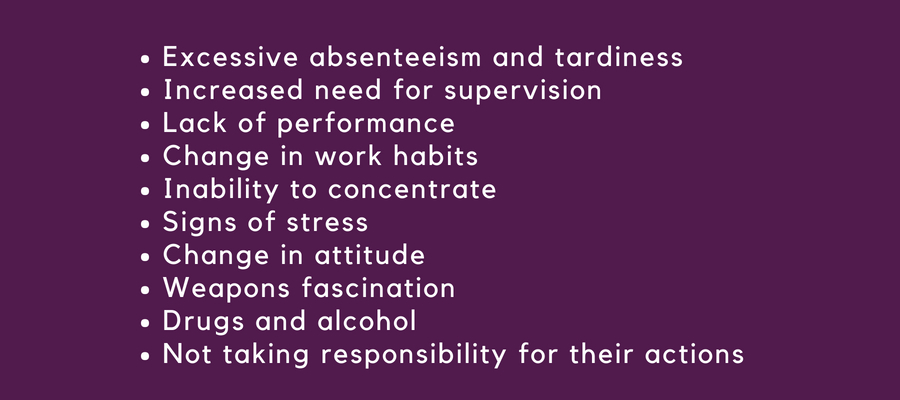 Stress is an ever present participant in today’s work environment. The Bureau of Labor Statistics recently communicated more than 2 million workers are impacted by workplace violence every year.
Stress is an ever present participant in today’s work environment. The Bureau of Labor Statistics recently communicated more than 2 million workers are impacted by workplace violence every year.
I decided to read up on this topic and after doing so thought it might be important to share some of the information I found with you.
Uncertainty of the future is a possible starting point for much of the violence. If you remember your studies of Maslow’s Hierarchy of Needs one of the lowest need levels was security (safety) and when this is not provided then not much else matters. People losing jobs, losing their homes and then not having money to buy food can turn even the calmest persons into a very angry one.
So a possible red flag a business owner might want to pay attention to is the general unrest his/her employees may have with regard to their feelings about job security. Listening to what employees are saying and being concerned about their feelings is maybe the best option in heading off a possible violent situation.
I read several places that violent actions rarely come out of the blue. There are usually some indicators (I call them red flags) that warn a leader a problem may exist. The following indicators were shared by Rich Cordivari in his article 10 Warning Signs of Workplace Violence. They provide an excellent starting point for heading off a violent situation in one’s business:
At Executive Advantage we teach leadership is a heart to heart relationship. That a leader doesn’t get great performance until he/she has an employee’s heart. In addition, we teach the purpose of leadership is to use his/her influence to bring out the best in his/her employees. Observing these signs and then not taking some action is a leadership failure.
Well, what if a violent act takes place? A prudent leader should have a crisis management plan in such an event. One of the topics we include in our Top Dog program at Executive Advantage is crisis management. What I have written about in this article is Stage 1 in the crisis management process. The other stages will come in future articles.
Maybe you’re saying to yourself, “I have no plan and I really don’t know what to do or how to start.” As a leader it is your responsibility to know what to do. Maybe it might be a wise decision on your part to work with Executive Advantage as a means of making sure that your employees are not numbered in that 2 million employees that faced an act of workplace violence last year.
It’s important not to ignore red flags. Isn’t it time to talk?
